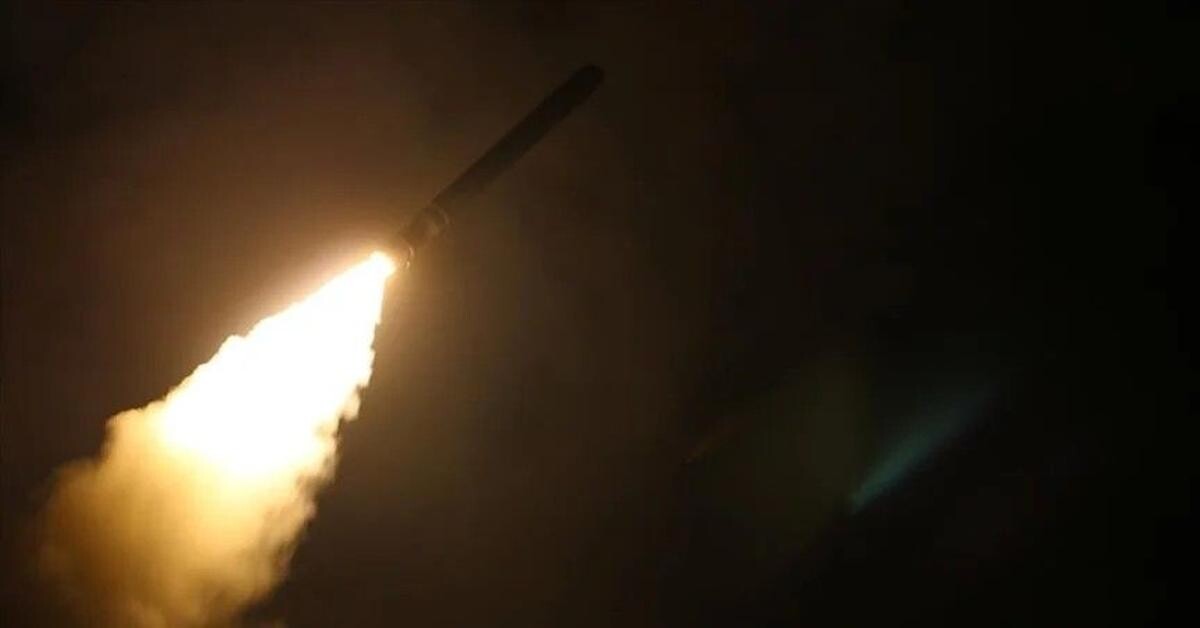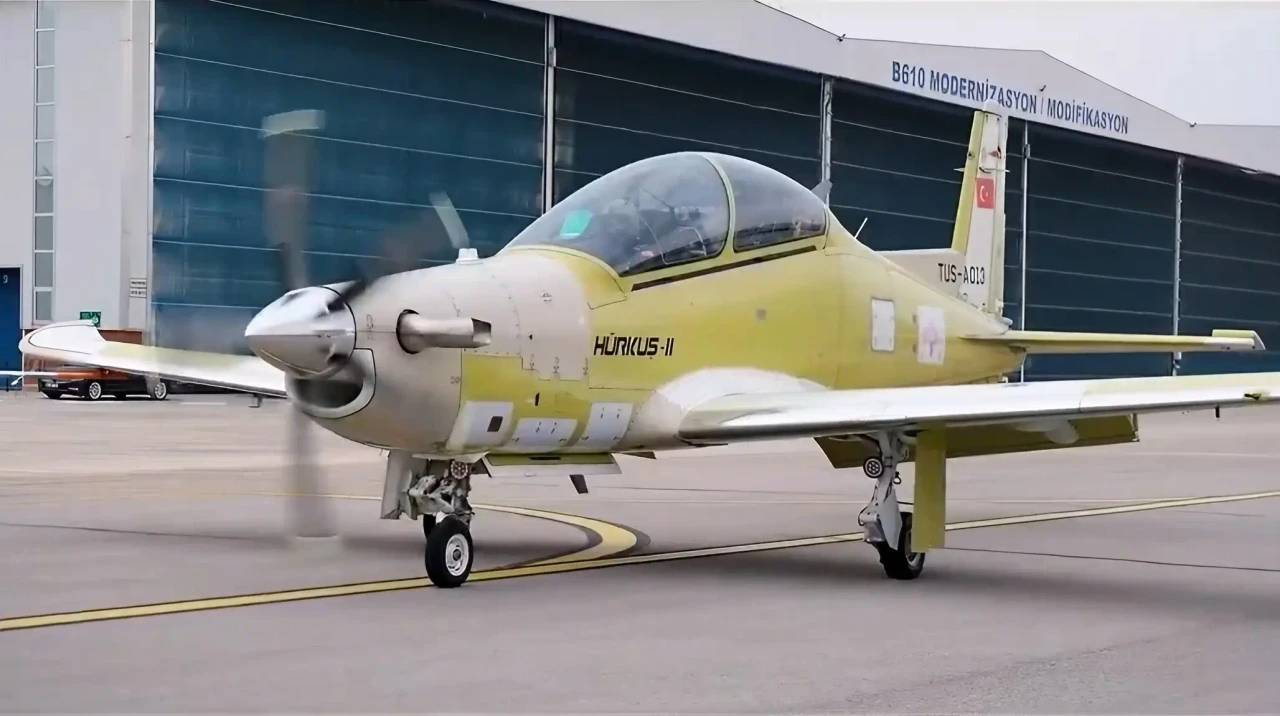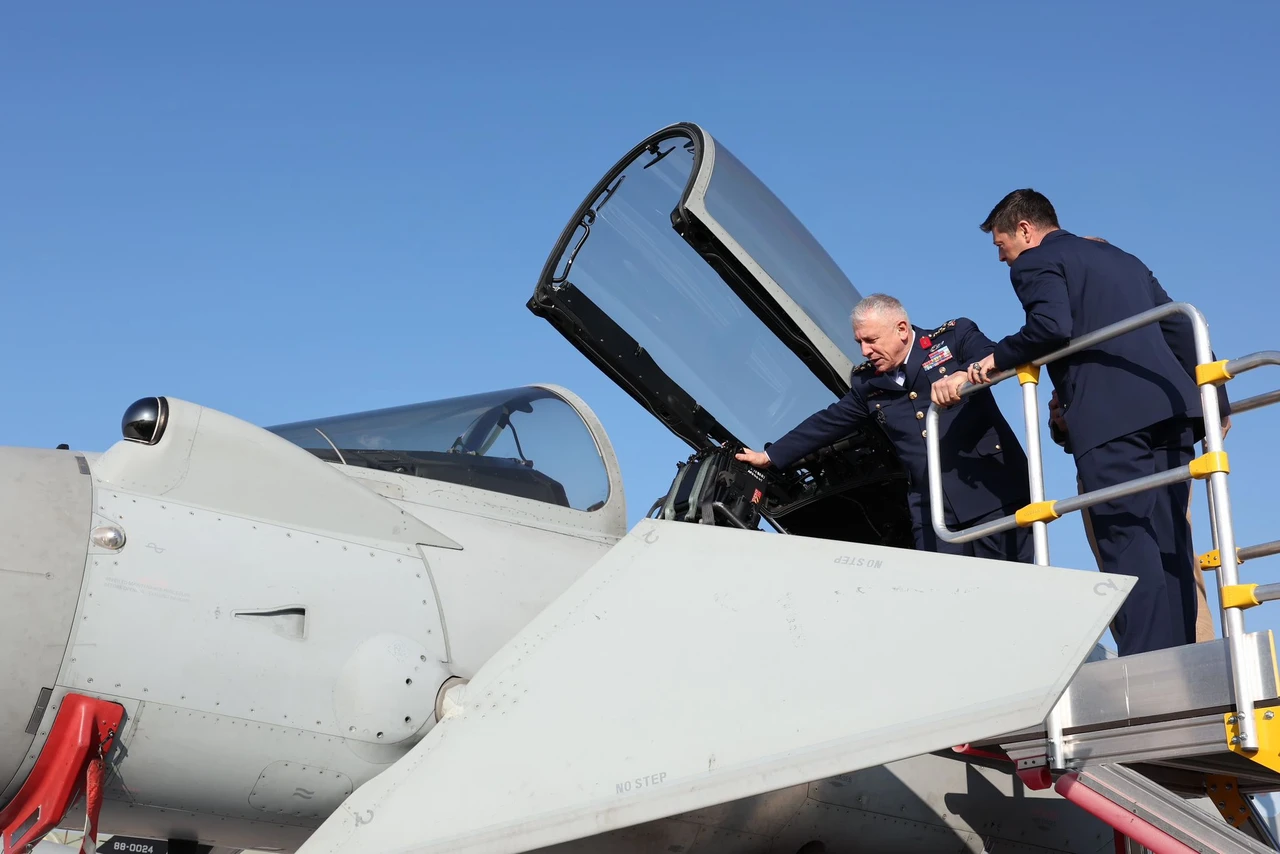US Army deploys long-range missiles to Philippines

The US deploys the Mid-Range Capability Missile System (MRCS) in the Luzon region of the Philippines on April 11 using a C-17 ship as part of joint military exercises amid escalating tensions in the Asia-Pacific region
For the first time since withdrawing from the Intermediate-Range Nuclear Forces Treaty in 2019, which prohibits the deployment of medium- and long-range missiles, the U.S. delivered a new long-range missile system to the Philippines.
U.S. Army Pacific Command Commander Gen. Charles Flynn said the deployment of the new missile system was “historic.”
“The planning, transportation, and deployment of the U.S. Army’s newest long-range precision fire system, in partnership with our Armed Forces of the Philippines allies, support a safe, stable and secure Indo-Pacific,” Flynn said.
The system known as Typhoon, which is deployed on Luzon, is capable of launching Tomahawk land attack cruise missiles and SM-6 anti-ship missiles. Both are considered the most essential offensive weapons in the U.S. military’s arsenal.
SM-6 high-velocity missiles, designed to engage in combat with ground, sea, or aircraft targets, can strike ballistic missiles at a maximum range of 370 kilometers.
Improved variants of the Tomahawk missile, which can hover over targets before striking them, have a range of up to 2,500 kilometers.
The Tomahawk missile is capable of striking targets in southern China, including most major cities, with the exception of the capital, Beijing, which is from Luzon.
The Intermediate-Range Nuclear Forces Treaty of 1987 banned land-based systems from employing cruise and ballistic missiles of the U.S. and Russia, with a range of 500 to 5,500 kilometers.
The Trump administration declared its withdrawal from the agreement in 2018, alleging Russia’s initial violation of the terms through the deployment of the SSC-8 land-based cruise missile.
Experts contend that despite the temporary and drill-related missile deployment in the Luzon region, the U.S. is conveying a strategic message to China through these deployments.
According to the U.S. Army, the deployment of new systems to the Philippines is a turning point for the security of both nations and the region. This deployment is expected to result in closer coordination between the U.S. and the Philippine Armed Forces.
China Warns US and Philippines
According to spokesman Lin Jian, the Chinese Foreign Ministry expressed “serious concern” over the missile deployment.
“China strongly opposes the U.S. deploying medium-range ballistic missiles in the Asia-Pacific and strengthening forward deployment at China’s doorstep to seek unilateral military advantage. The U.S. move exacerbates regional tensions and increases the risk of misjudgment and miscalculation,” Lin said.
China called on the United States to stop “inciting military conflict” and undermining peace and stability in the region.
Lin also warned the Philippine government in his statement.
“The Philippines needs to think twice about being a cat’s paw for the U.S. at the expense of its security interests and stop sliding down the wrong path,” Lin said.
Amid escalating tensions in North Korea-South Korea relations and China-Taiwan relations, the deployment of American missiles in the Philippines has contributed to a heightened state of tension in the region.



